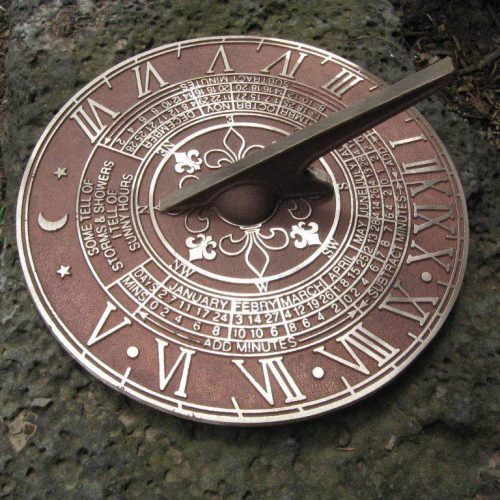In discussing casting technology, we’ve seen the mould described as a negative, a physically inverted version of the cast component. This precisely engineered cavity fills with molten metal and holds its shape as poured metal hardens. A casting has been produced. The original positive shape, the one used to form the outlines of this cavity, is known as the pattern. It’s fabricated from different types of materials, substances that favour geometrical complexity, productivity-biased considerations, the size of the final component, and many other factors. As we’re all about non-ferrous casting technology, let’s take a look at patterns that address this market.
Wooden Patterns
The pattern-making craft is one that demands skill. As such, the medium used to shape non-ferrous metal castings should submit to CNC tools and a workshop environment equipped with lathes, milling tools, and the expertise of a craftsman. Wood is traditionally employed in the casting industry due to the soft and easily carvable nature of the fine-grained material, although the material must balance its easy-to-work characteristics against a form that’s dense enough to serve as a positive pattern. Stable and durable, dense woods don’t warp or shrink when employed as patterns.
State-of-the-art Pattern Creation
Wood is commonly available from any lumber yard, but it ages rapidly. Curing processes and special varnishes preserve the organic pattern for a while, but non-organic substitutes are also a logical choice when working with non-ferrous metals. A fabricated hard plastic replicant forms the backbone of a prolific non-ferrous metal castings production station. Injection moulded or produced through the application of cutting-edge three-dimensional printing technology, highly viscous plastics are often used in this scenario, but their conformity ratings are still relatively low when compared with a comparable metal pattern. In other words, the plastic seed shape is not as adept at getting into every little crevice and contour as a metal, which makes metal a superior choice for geometrically complex components. Metal also has a longer life than either a hardwood pattern or a plastic variant, but it’s more expensive to fabricate. Additionally, most metal objects require extra finishing work, labour intensive stages that improve the surface finish within the cavity.
These are the common types of pattern materials used in the non-ferrous metal castings industry, but there are others, types used in specialised applications. In jewellery and compact applications, wax and plaster are called into action, but larger parts most definitely favour hardwoods, engineering plastics, and refined metals.

